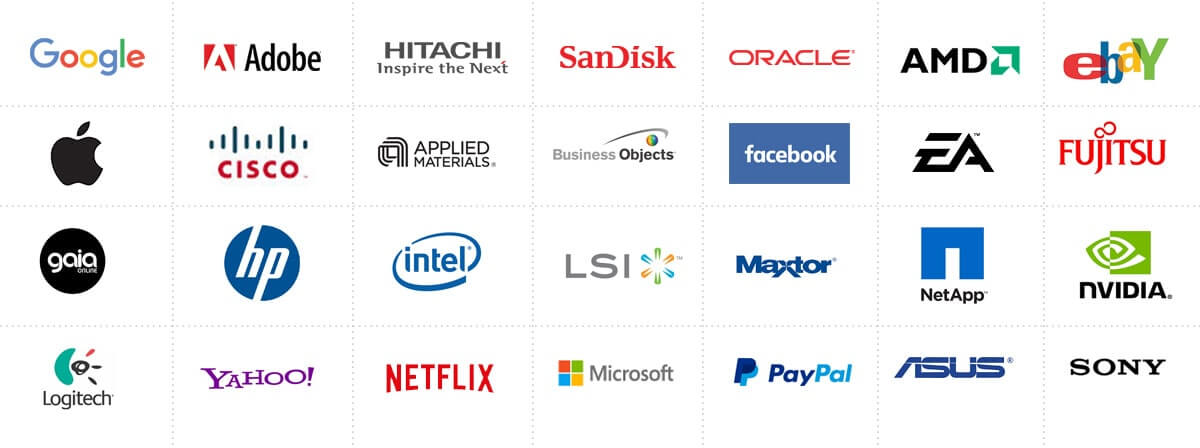Childhood is a span ranging from birth to adolescence. In India age of a person is to be a child has always been the topic of debate. The Census of India considers children to be any person below the age of 14. Biologically childhood is the stage between infancy and adolescence.
•Factors affecting childhood
?Diversity and culture
Child development is a dynamic, interactive process. Every child is unique in interacting with the world around them, and what they invoke and receive from others and the environment also shapes how they think and behave. Children growing up in different cultures receive specific inputs from their environment. For that reason, there’s a vast array of cultural differences in children’s beliefs and behaviour. This early exposure affects the way children attend to themselves or to their relationship with others – forming their self-image and identity.
?Type of family
During early childhood, a parent's attitudes and values can be passed on to the child. During this time their self-concept is forming, and can be heavily influenced by their parents, according to Heather Weiss, Founder and Director of the Harvard Family Research Project. They can acquire skills that are the basic foundation for learning throughout childhood. Therefore, a strong support system in early childhood can greatly affect their development.
Supportive, Loving Family
Nurturing relationships in a family are critical for the healthy development of a child. If a child feels safe, secure, and loved in their family, it helps with the formation of their self-esteem and well-being. It can also lead to a child who is more socially competent and has better communication skills than a child who does not feel these family connections, according to Weiss.
Parental Involvement
Parental participation in children's activities, like outdoor exploration or reading books together, has been shown to lead to a more social child, says Weiss. Children who engage in play activities with their parents jump right into games when they start school and show more independent behaviour in those situations. Having their parents show an interest in their activities develops a strong sense of self in the child.
?Urban/Rural
According to UNICEF the definition of an “urban zone” differs from one country to another and is constantly revised. An urban zone is characterized by one or more of the following components: administrative criterion or political frontiers, population density, economic function and the presence of specific urban features (roads, pavement, electric lighting, and sewage systems).
Rural zones include the entire population, territory and other resources of the countryside – in other words, the areas located outside of the large, urbanized centres.
Child malnutrition
Malnutrition is a common pathological condition in both rural and urban areas.
Its short- and long-term effects (such as late mental development, greater exposure to infectious diseases, and risk of chronic illness in adulthood) are extensive.
Access to health services
The condition of children in rural zones is unstable since health care is a privilege that is only accessible for a small affluent portion of the population. Because of this harsh lack of resources, the quality of health for impoverished children remains very low.
Studies of the urban setting demonstrate elevated levels of infant mortality that are principally caused by large concentrations of poverty and insufficient services that one finds in the savage urban settlements like the slums and shanty towns.
Child education
The discrepancies in child education between urban and rural areas are important. Children living in rural zones experience a serious lack of education in comparison with children in urban zones.
Violence
Urban centres experience an unprecedented growth due to a rise in births and the rural exodus. In a world that is more and more urbanized, violence has reached epidemic proportions due to various factors that come into play.
?Family instability and family income
Family instability has been linked to poorer child outcomes, particularly with regard to behaviour. Children whose parents have divorced have more behaviour problems than those in intact families; children living in stepparent and blended families also tend to have more behaviour problems, though the effect sizes are smaller and the relationship is less consistent. Overall, prior research has shown that children who have experienced any kind of family change have poorer behavioural outcomes than children in stable, two-biological-parent families.
•Objectives: -
?To understand the census of street children in New Delhi.
?To understand the socio-economic, educational, family background of street children.
?To understand street children’s aspirations and their current conditions.
•Dimensions of Childhood
1.Rich children
In Western culture. high society, also called in some contexts simply "the Society", is a category of people deemed to have greater wealth, social status or prestige than the rest of the population. It includes their related affiliations, social events and practices.
•Low class society/ labour class
Lower class (occasionally described as working class) are those employed in low-paying wage jobs with very little economic security. The term "lower class" also refers to persons with low income.
•Orphan children
An orphan is a child whose parents are dead or have abandoned them permanently. In common usage, only a child who has lost both parents is called an orphan. When referring to animals, only the mother's condition is usually relevant. If she has gone, the offspring is an orphan, regardless of the father's condition.
•STREET CHILDREN
A street child is someone “for whom the street has become his or her habitual abode and/or source of livelihood; and who is inadequately protected, supervised, or directed by responsible adults.’’
•Preparation of Report and analysis
My case study is on the street children and their individual differences.
